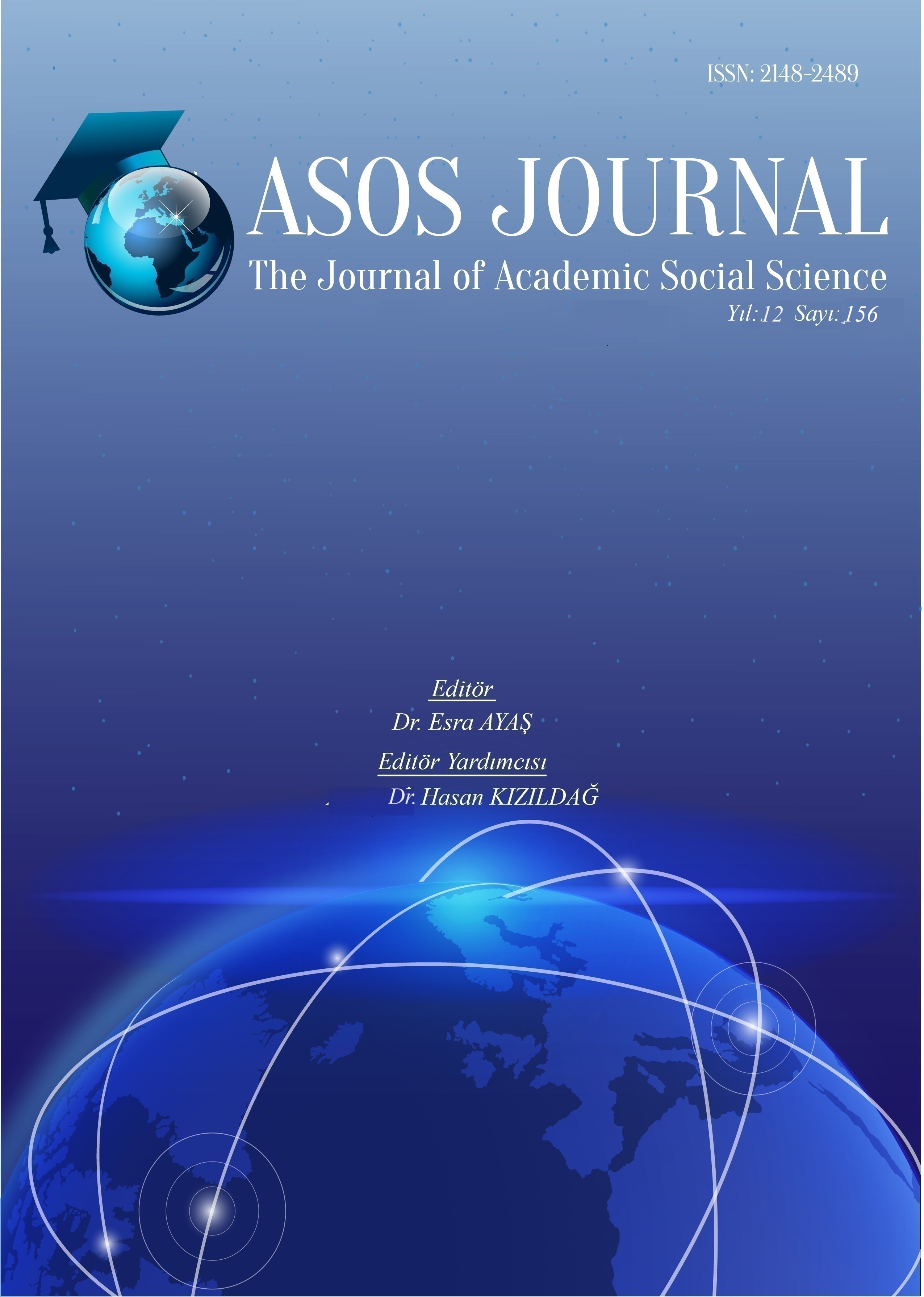Author :
Abstract
Tarihte büyük bir imparatorluk kurmuş olan Osmanlı Devleti idari, askeri, iktisadi ve kültürel her türlü yazışmalarını kayıt altına almıştır. Bunlardan Şerʽiye Sicilleri, ait olduğu döneme ait içerdiği bilgilerle şehir tarihi araştırmalarında özellikle önem arz eden birinci elden kaynaklardır. Bugün bu siciller tarih araştırmalarına birinci elden kaynak olarak kullanılmakta ve tarihimizin bilinmeyenlerine ışık tutmaktadır. Bu çalışmada da 54 numaralı Şerʽiye Sicili ana kaynak olarak kullanılmıştır ve defterdeki belgeler tek tek transkribe edilerek belgelerin içeriği tespit edildikten sonra belgeler; idari, askeri, sosyal ve iktisadi olarak kategorize edilmiştir. Belgelere konu olan olayları, olayların geçtiği yer adları ve topluluk isimlerinin daha anlaşılır olması için Adana’nın tarihi gelişimi ve sosyal yapısı hakkında bilgi verilmiştir. Defterdeki her belgenin ana konusu tek tek belirlenip özet olarak fihristi oluşturulmuştur. Ayrıca 1810-12 yıllarına ait bu sicildeki kayıtlar Adana şehrinin sosyo-kültürel yapısı, halkın iktisadi durumu ve şehrin demografik yapısı hakkında bilgi verirken merkezden gelen belgeler ise Osmanlı Devletinin içinde bulunduğu siyasi ve askeri durum hakkında da bilgi vermektedir. Bu açıdan bu sicil çalışması hem mahalli tarih araştırmalarına ve hem de Osmanlı Devleti tarihi araştırmalarına katkı sağlayan bir çalışmadır.
Keywords
Abstract
Ottoman Empire which established a great empire in history recorded all the official, military, cultural and economic correspondence. Among these, court records are first-hand sources that are especially important in city history research, whit information about the period they belong to. Today, these records are used as a first-hand source for historical research and shed light on the unknowns of our history.In this study, the court records numbered 54 was used as the main source and the documents in the book were transcribed one by one and after the content of the documents was determined; They were categorized as administrative, military, social and economic. Information about the historical development and social structure of Adana was given in order to make the events that are the subject of the documents, the names of the places where the events took place and the names of the communities more understandable. The main subject of each document in the records was determined one by one and a summary index was created. In addition, the records in this registry from the years 1810-12 provide information about the socio-cultural structure of Adana, the economic situation of the people and the demographic structure of the city, while the documents coming from the center also provide information about the political and military situation of the Ottoman Empire.





